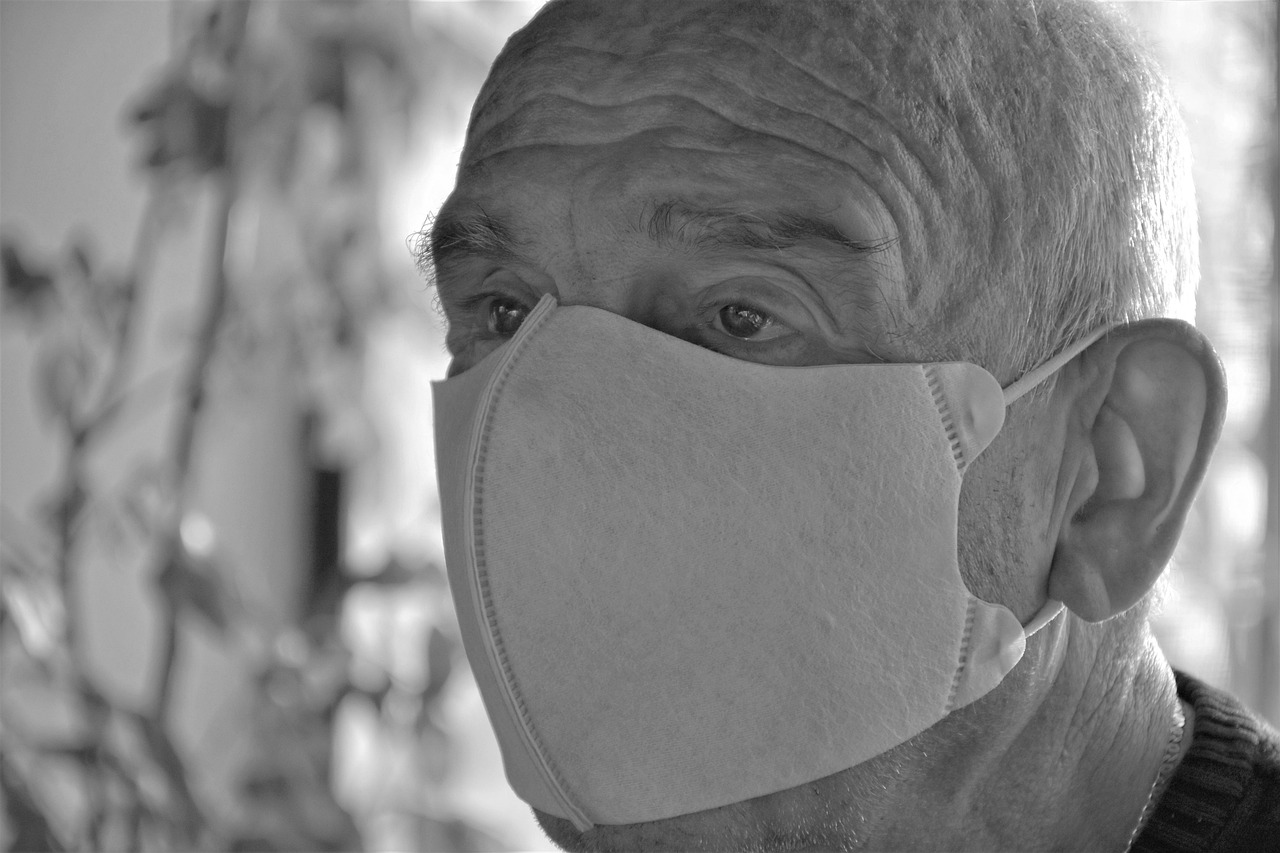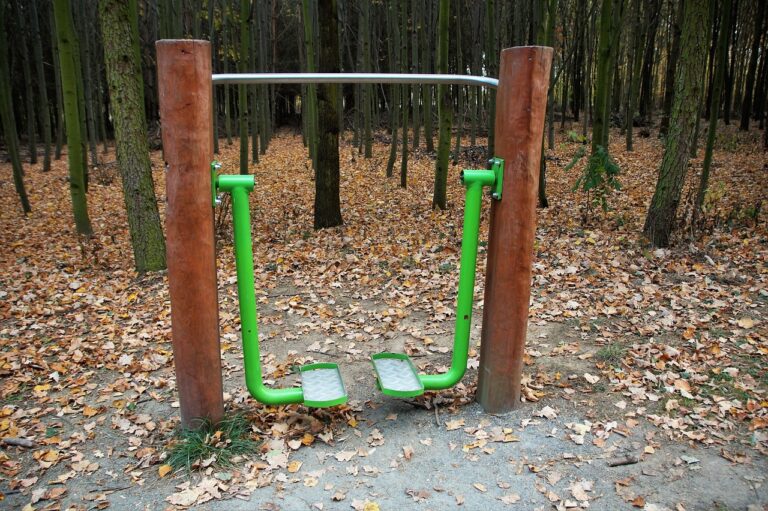Analyzing the Influence of Urban Planning on Community Health
Urban design plays a crucial role in influencing physical activity levels among city dwellers. When neighborhoods are designed with sidewalks, bike lanes, and parks, it encourages people to engage in more active modes of transportation and recreational activities. The presence of pedestrian-friendly infrastructure can lead to a shift towards walking or cycling instead of relying on cars, ultimately promoting a more active lifestyle.
Furthermore, the layout of urban spaces can impact the accessibility of recreational facilities such as gyms, sports fields, and community centers. By strategically locating these amenities within residential areas and ensuring they are easily reachable, individuals are more likely to incorporate physical activity into their daily routines. Urban design that prioritizes mixed land uses and compact development can create opportunities for spontaneous physical activity, reducing reliance on sedentary behaviors.
Accessibility to Healthcare Facilities in Urban Areas
Access to healthcare facilities in urban areas is a critical component of ensuring the well-being of the population. Proximity to medical centers, clinics, and hospitals is essential for individuals to receive timely and quality healthcare services. In urban environments where large populations reside, the availability and accessibility of healthcare facilities play a significant role in promoting public health and addressing healthcare needs efficiently.
In many urban areas, the uneven distribution of healthcare facilities can create barriers to accessing essential medical services for certain communities. Limited access to healthcare facilities can result in delayed medical treatment, exacerbation of health conditions, and overall poorer health outcomes. Enhancing the accessibility of healthcare facilities in urban areas through strategic planning, infrastructure development, and coordination among healthcare providers is crucial to ensure that all residents have equal opportunities to obtain the care they need.
Green Spaces and their Effect on Mental Health
Green spaces, such as parks and gardens, have been observed to significantly impact mental health. Research suggests that exposure to green environments can lead to reduced levels of stress and anxiety among individuals. The presence of natural settings in urban areas provides a much-needed escape from the hustle and bustle of city life, offering a sense of tranquility and relaxation.
Furthermore, green spaces have been linked to improved cognitive function and mood regulation. Spending time in nature has been shown to enhance attention span, creativity, and overall well-being. Regular interactions with greenery and natural elements have a positive influence on mental health, contributing to a greater sense of mental clarity and emotional stability.
How do green spaces impact mental health?
Green spaces have been shown to reduce stress, improve mood, and promote relaxation, ultimately leading to better mental health outcomes.
Can access to green spaces in urban areas improve physical activity levels?
Yes, having green spaces in urban areas has been linked to increased physical activity levels as people are more likely to engage in activities such as walking, jogging, or cycling in these areas.
How important is accessibility to healthcare facilities in urban areas for mental health?
Accessibility to healthcare facilities in urban areas is crucial for mental health as it ensures that individuals have access to necessary resources and support for their mental well-being.
What are some ways urban design can impact mental health?
Urban design can influence mental health through factors such as access to green spaces, availability of healthcare facilities, and overall community design that promotes social interaction and a sense of belonging.







